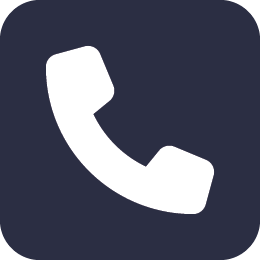Cardiac Devices
About Implantable Heart Devices
The heart has its own electrical system that regulates the heartbeat. In a healthy heart, regular electrical signals cause your heart to pump blood in a steady rhythm.
Problems with the heart’s electrical system can cause abnormal heart rhythm arrhythmias. This causes the heart to beat too fast, too slowly or in an irregular way.
Treatment for an abnormal heart rhythm depends on the cause and how it is impacting your health. Your doctor may recommend an implantable heart device such as a permanent pacemaker or ICD to help the heart beat at a regular rate and rhythm.
Implantable heart devices can greatly improve your quality of life and can be lifesaving for some people.
Types of Implantable Heart Devices
Permanent Pacemaker
The heart has a natural pacemaker to make it beat normally. The natural pacemaker (also known as the sinoatrial node) sends electrical signals to the heart to make it contract and pump blood around the body.
If the natural pacemaker is not working reliably, an artificial pacemaker (permanent pacemaker) can be inserted to take over the role of the natural pacemaker. A permanent pacemaker is a small device that is inserted under the skin of your chest. It sends electrical signals to your heart to help it beat in a regular rhythm.
Permanent pacemakers usually have two parts: a small battery-powered pacemaker and leads that are connected to your heart. It sits under the skin on the left or right side of your upper chest.
There are several types of pacemakers including:
- single chamber pacemaker – the electrical signal is sent to one chamber of the heart, usually the lower chambers (ventricles)
- dual chamber pacemaker – the electrical signal can be sent to two heart chambers, usually an upper (atrium) and lower chamber (ventricle)
- bi-ventricular pacemaker – the electrical signal can be sent to three chambers. The ventricles can be sent an electrical signal to make them pump together. This type of pacemaker is suitable for some people with heart failure. It is also called cardiac resynchronisation therapy or CRT.
Some newer types of pacemakers can be implanted directly into the heart and don’t need any leads at all.
Your doctor will consider the type of abnormal heart rhythm you have, how it makes you feel, and any health problems you might have before deciding if you need a pacemaker.
Automated Implantable Cardioverter Defibrillator
An automated implantable cardioverter defibrillator (AICD or ICD) is a device inserted under the skin on your chest.
An ICD checks your heart rhythm 24 hours a day and can correct dangerous abnormal heart rhythms if needed.
- When your heart is beating too slow, an ICD can send impulses to correct the heart rhythm – similar to how a pacemaker works.
- When your heart is beating too fast, an ICD can deliver electric ‘shocks’ to make it beat normally again.
ICDs have two parts: the ICD generator box, and the leads. The device sits under the skin on the left or right side of your chest.
If you’ve had a fast, dangerous abnormal heart rhythm before that made you collapse, or are at risk of having certain dangerous abnormal heart rhythms, your doctor might recommend an ICD.
There are different types of ICDs available. Your doctor will discuss which ICD is most suitable for you.
How are Implantable Heart Devices Fitted?
Implantable heart devices are inserted under the skin on your chest, usually in the space just below the collar bone. They are fitted under local anaesthetic where you’ll be given an injection to numb the area. Some people may have a general anaesthetic. You may also be given sedation to help you relax before surgery.
It can take one to three hours to fit an implantable heart device. Depending on the type of device, you may need to stay overnight in hospital.
Your device will be checked thoroughly before you leave hospital. You will also be given information about the things you can and can’t do while you are recovering from your surgery. This could include things like not wearing clothes that will put pressure on your wound, and not lifting anything heavy.




 Referrals & Patient Enquiries:
Referrals & Patient Enquiries: 


